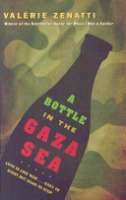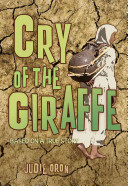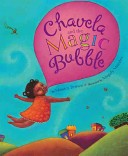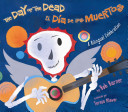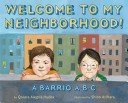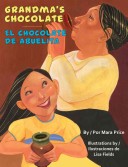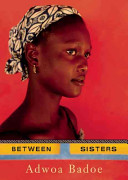
The future looks bleak indeed for 16-year-old Gloria. Living in a poor area of Accra, she dreams of becoming a dressmaker, but after failing 13 out of 15 subjects on her final exams it seems unlikely to happen. Then a distant relative, Christine, offers to move Gloria to Kumasi to look after her son. In exchange, Christine will pay for Gloria to go to dressmaking school. In Kumasi everything seems possible, and life is grander than anything Gloria has ever experienced. But Kumasi is also full of temptations, like the popular boutique where the owner takes a fancy to Gloria and encourages her to buy clothes on credit. There’s also the smooth-talking Dr. Kusi, who gives Gloria rides in his red Passat and invites her to bring food to his apartment. Eventually betrayed by those around her, Gloria must reconcile her future, her family, and her desires.
See the review at WOW Review, Volume 5, Issue 2
